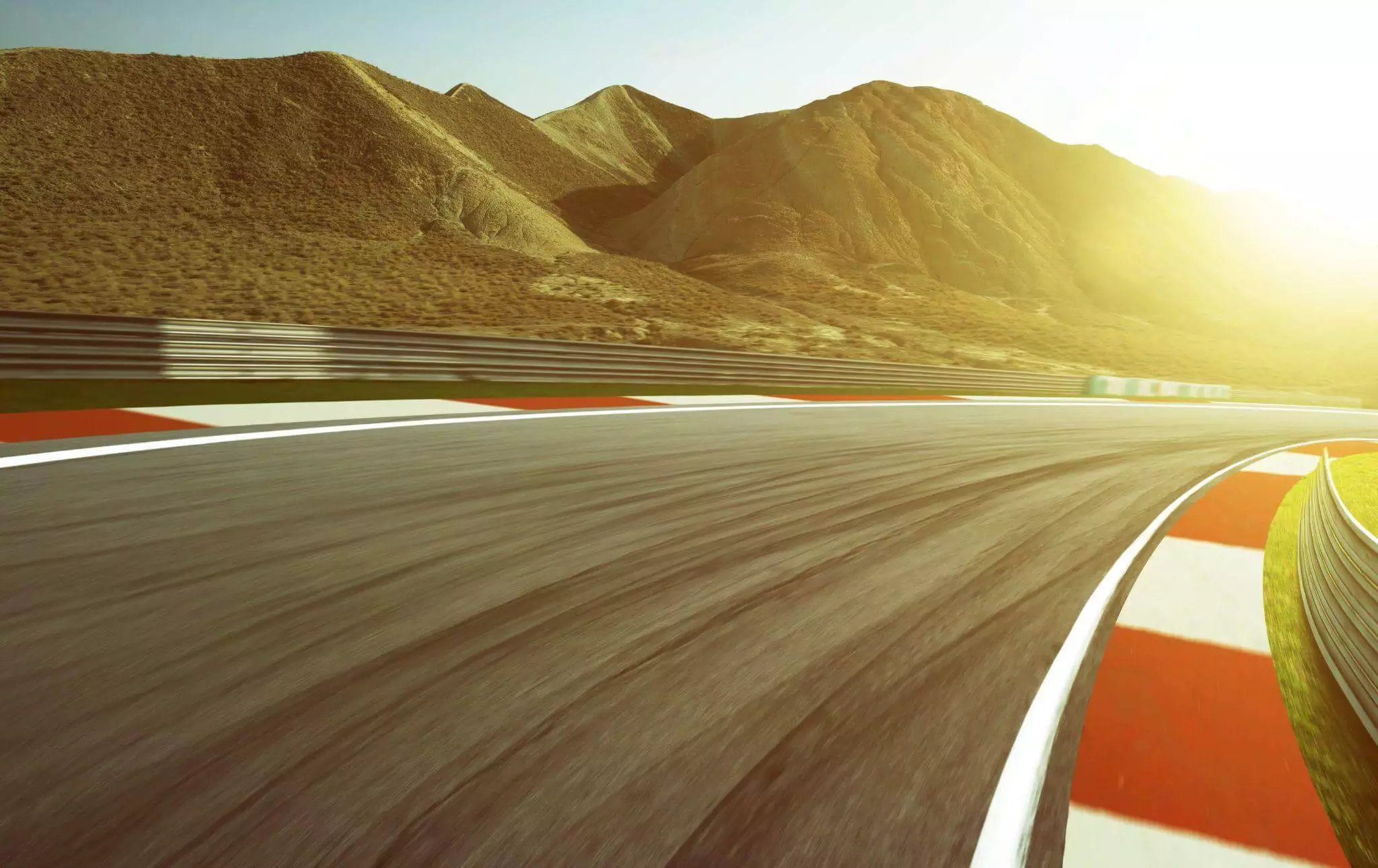It’s a frequent misunderstanding that racing is an easy sport. Putting the pedal to the metal and racing around a track is something we can all do, but there’s more to it than that. Before you take to the track the next time, think about your approach. For those who want to go fast in a race, here are some important tips.

Drive Two Car Widths Ahead of Yourself:
It’s as simple as looking ahead and letting the brain dictate where the steering wheel should be placed. It’s strange and, if you haven’t tried it before, may take some getting used to, but it works. Drive the car by focusing on the destination you desire.
Don’t Make Hasty Decisions:
To me, this was a problem. On the highway, I frequently let off the gas before I start braking. On the racing track, this isn’t as effective. No, not if you’re attempting to travel at top speed. I’m not advocating slamming on the brakes in the final seconds. If the wheels lock, you could lose control. To put it another way, you don’t have to be concerned about coasting for an extended period of time before applying the brakes. I’d say no more than 1-2 seconds.
Smoothness is Essential for Racing:
The wrong way to drive is with jerky movements on the steering wheel and with the brakes and accelerator treated as on/off switches. When you see the world’s best drivers in action, you’ll see that they pay close attention to the car’s movements. They exert considerable effort so as not to upset the vehicle’s equilibrium, and as a result, they travel quicker. Keep in mind that a flat surface is faster than a rough one.
Become Familiar with the Track:
You’ll be more adept at navigating the course if you’re familiar with it. You’ll be able to judge whether it’s time to speed up or slow down to get the job done quickly. Take a walk if you’re able to. You’ll get a better understanding of the racing track if you take a walk around it. As a result, you’ll have a better idea of the distances involved, as well as the elevation variations.

Oliver Greene is a sports geek at heart. From iconic moments to rising stars, he’s here to share his love of sports and the stories that make them special.
